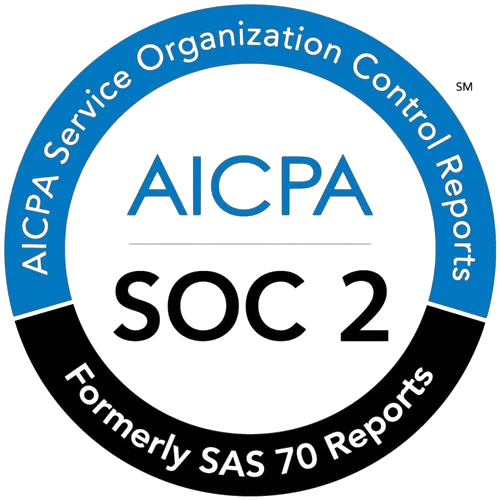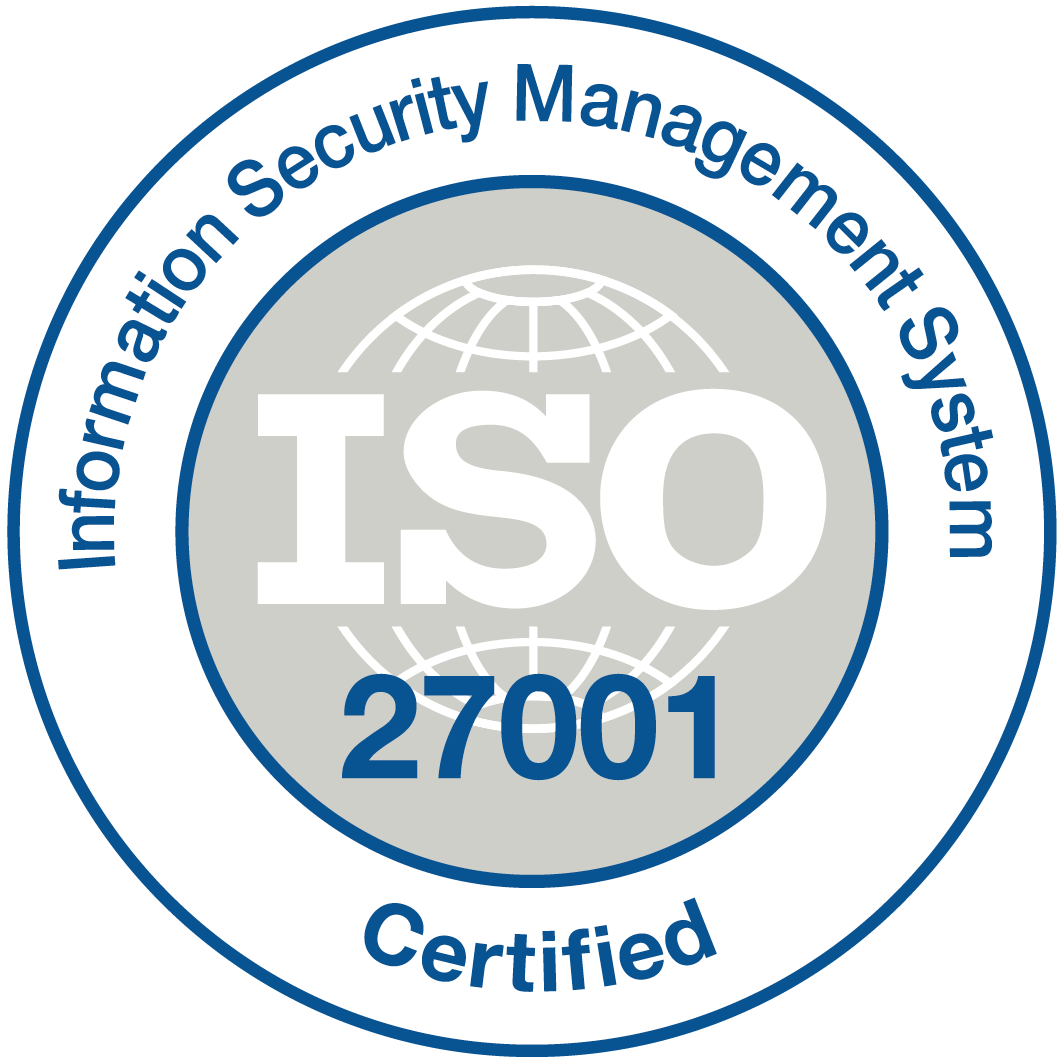Empowering patients: How self-service tools revolutionize access to healthcare

In an age where technology permeates every aspect of our lives, healthcare is experiencing a transformative shift. The advent of patient self-service tools is reshaping how individuals navigate their healthcare journey, significantly improving access to services. From booking appointments to accessing medical records, these innovations empower patients like never before.
Convenience at Your Fingertips
One of the most palpable benefits of self-service in healthcare is convenience. Traditionally, scheduling an appointment required a phone call during business hours, often leading to frustration for individuals with busy schedules. Now, with online booking platforms, patients can schedule appointments anytime, anywhere. This flexibility not only reduces wait times in calling but also encourages more people to seek medical attention as they can easily find a suitable time for their visits.
Moreover, self-service tools allow patients to fill out necessary forms and update their information prior to visits, ensuring a smoother check-in process. This streamlining of administrative tasks minimizes delays on the day of the appointment, making the overall experience more efficient.
Informed Decision Making
Patient self-service tools empower individuals to take charge of their healthcare decisions. Access to online portals enables patients to view test results, treatment options, and educational materials about their conditions. This information is critical in fostering an understanding of health issues and promotes proactive discussions with healthcare providers.
Additionally, many platforms now include symptom checkers, allowing patients to assess their needs before making a healthcare decision. This not only saves time for both patients and providers but also reduces unnecessary appointments, ultimately benefiting the healthcare system as a whole.
Enhanced Communication and Support
Self-service tools facilitate better communication between patients and healthcare providers. Secure messaging systems allow patients to pose questions or follow-up inquiries without the constraints of a face-to-face visit. For those who may feel uncomfortable discussing sensitive issues in person, this virtual method can be a game-changer, opening the door to important conversations that enhance care.
Furthermore, the integration of telehealth options provides patients with an alternative means to consult with healthcare professionals. The ability to have virtual appointments expands access for individuals in remote areas or those with mobility challenges, ensuring that every patient has the opportunity to receive timely care.
Engaging with Community Health
Patient engagement is a fundamental aspect of health outcomes. Through self-service tools, patients are encouraged to participate actively in their healthcare journeys. Many systems allow individuals to set health goals, track progress, and receive personalized reminders for medication or follow-up appointments. This level of involvement fosters a sense of ownership, motivating patients to prioritize their health and engage with their care teams more effectively.
Closing Thoughts
The rise of patient self-service represents a monumental shift in healthcare accessibility. By leveraging technology, healthcare providers can meet the needs of diverse patient populations, ensuring that everyone has equitable access to quality care. As these self-service tools continue to evolve, the possibilities for enhancing patient engagement and improving health outcomes are boundless. In this new era of healthcare, empowered patients are at the forefront, ready to take charge of their health journeys.






